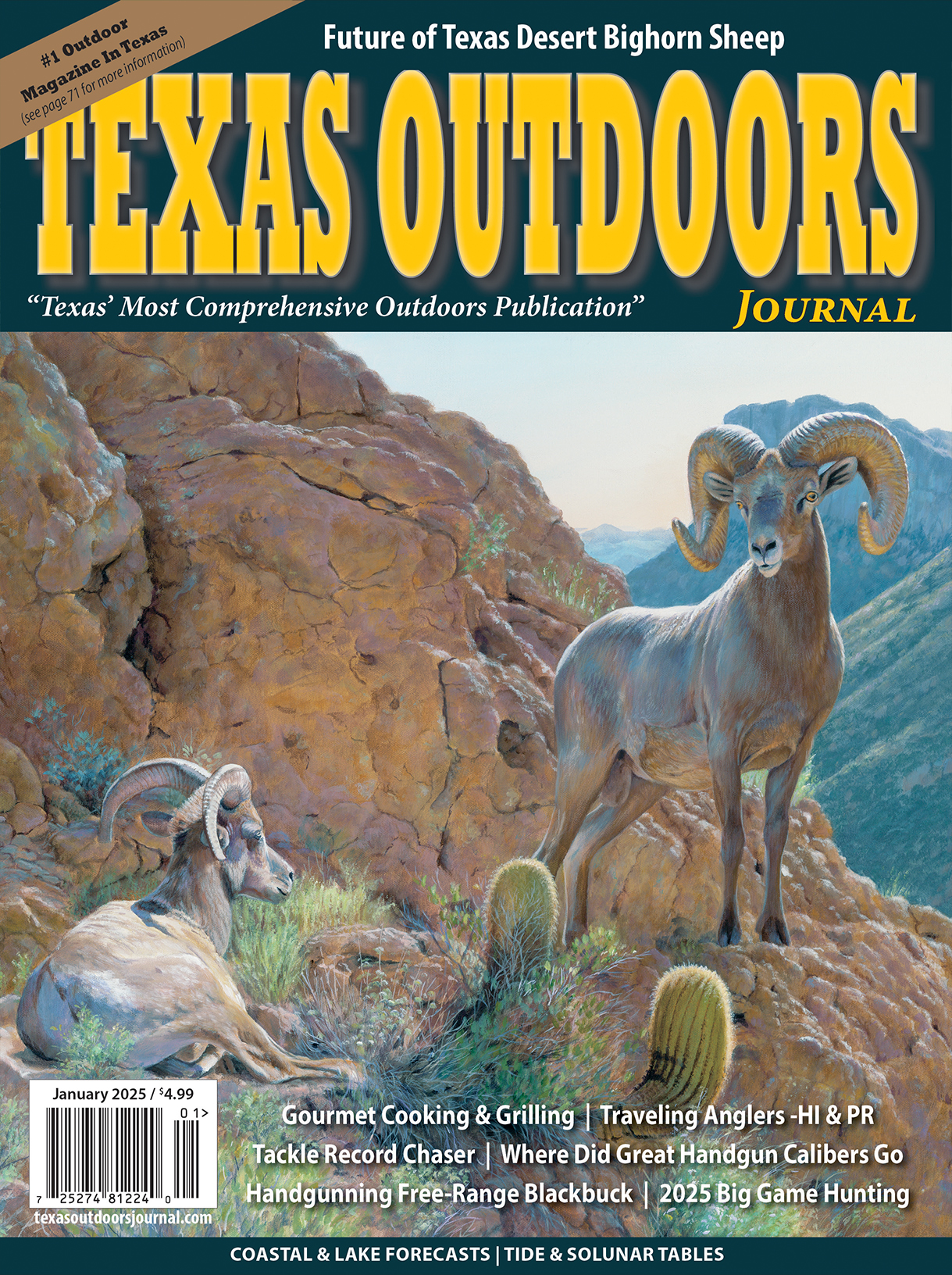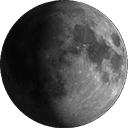
Colorful Blooms Decorate Texas State Parks
Texas State Parks have gone Technicolor this spring; rolling waves of bright blue, deep red and rich yellow blanket Texas’ hills and plains.
Texas is blessed with more than 5,000 species of wildflowers and this spring has seen a proliferation of wildflower populations.
“More and more, visitors are reporting this spring is a much better wildflower season than they’ve seen in years,” said Paul Hendrix, the assistant park superintendent at Lyndon B. Johnson State Park and Historic Site.
Hendrix said LBJ has seen an abundance of Texas bluebonnets along the park trails, with a good mix of Indian paintbrush and Engelmann daisy.
More than 90 Texas State Parks present some of the best and safest places to view and photograph nature’s bounty of wildflowers and blooming shrubs and trees.
In Central Texas state parks, visitors can expect to see bluebonnets, Engelmann daisies, beeblossoms, Carolina woollywhites, blue-eyed grass, Texas yellowstars, Dakota vervain, Drummond’s skullcaps, four-nerved daisies and plateau bladderpods.
From parks in south central Texas to the coast, a multicolored blanket of wildflower species has erupted. A checklist of colorful blooms on the landscape includes: light blue sandyland bluebonnets, Indian paintbrushes, green milkweed, winecups, longbract wild indigos, Texas vervains, sandhill woollywhites, blue-eyed grass, spider lilies, white pricklypoppies, spiderworts, prairie bluets, showy primroses, puccoons and coralbeans.
In East Texas parks, rampant Texas groundsels blanket sandy fields and post oak savannahs. Flowering eastern shrubs and trees include rusty blackhaw, redbuds, plums and hawthorns, which flourish in forest and pine savannahs.
Texas Parks and Wildlife Department botanist Jason Singhurst attributes much of this increase in the wildflower population across the Texas landscape to ideal growing conditions.
“We’ve gotten consistent temperatures, ranging from the 50s to the 80s, with none of those spikes we typically see in March, combined with an even moisture regime over the winter that has allowed for broad seed germination,” Singhurst said. “It’s just a gangbuster year.”
In addition to the dominant wildflower species Texans are accustomed to seeing, like bluebonnet and Indian paintbrush, Singhurst said there are still a lot of early successional flowering plants out there that are creating some unique color landscapes in Texas.
“A lot of things are just bolting out,” Singhurst said. “It’s an unbelievable year for some of those wildflowers we normally see only in small numbers. Hopefully, the monarch butterflies are happy.”
For other places to see wildflowers in Texas, check out the Lady Bird Johnson Wildflower Center in Austin, which as of early April, reported Mexican gold poppy, Texas bluebonnets, pink evening primrose and gray globemallow, among other species. For up-to-date reports on in-season Texas wildflowers, visit http://www.wildflower.org/
In addition, the TPWD Pinterest page is regularly updated with wildflower sightings from several parks across the state, including Big Bend Ranch State Park, Franklin Mountains State Park, Brazos Bend State Park and Inks Lake State Park.
Park visitors can share their wildflower pictures—and see what’s blooming around the state—on the Texas Parks and Wildlife Instagram, Facebook and Twitter accounts:http://tpwd.texas.gov/
Check out the Pinterest board at https://www.pinterest.com/
Recent sightings reported by TPWD staff in Texas State Parks include:
- Big Bend Ranch State Park – Claret cup cactus and prickly pear blooms have sprung up all over the park.
- Martin Dies, Jr. State Park – Dogwood and wild azaleas are in full bloom.
- Ray Roberts Lake State Park – Fragrant wild plum trees scent the breeze.
- Lake Mineral Wells State Park – Bright pink lace cactus pop colorfully out of the ground.
- Brazos Bend State Park – White spider lily tendrils curl around rocks and roots.







